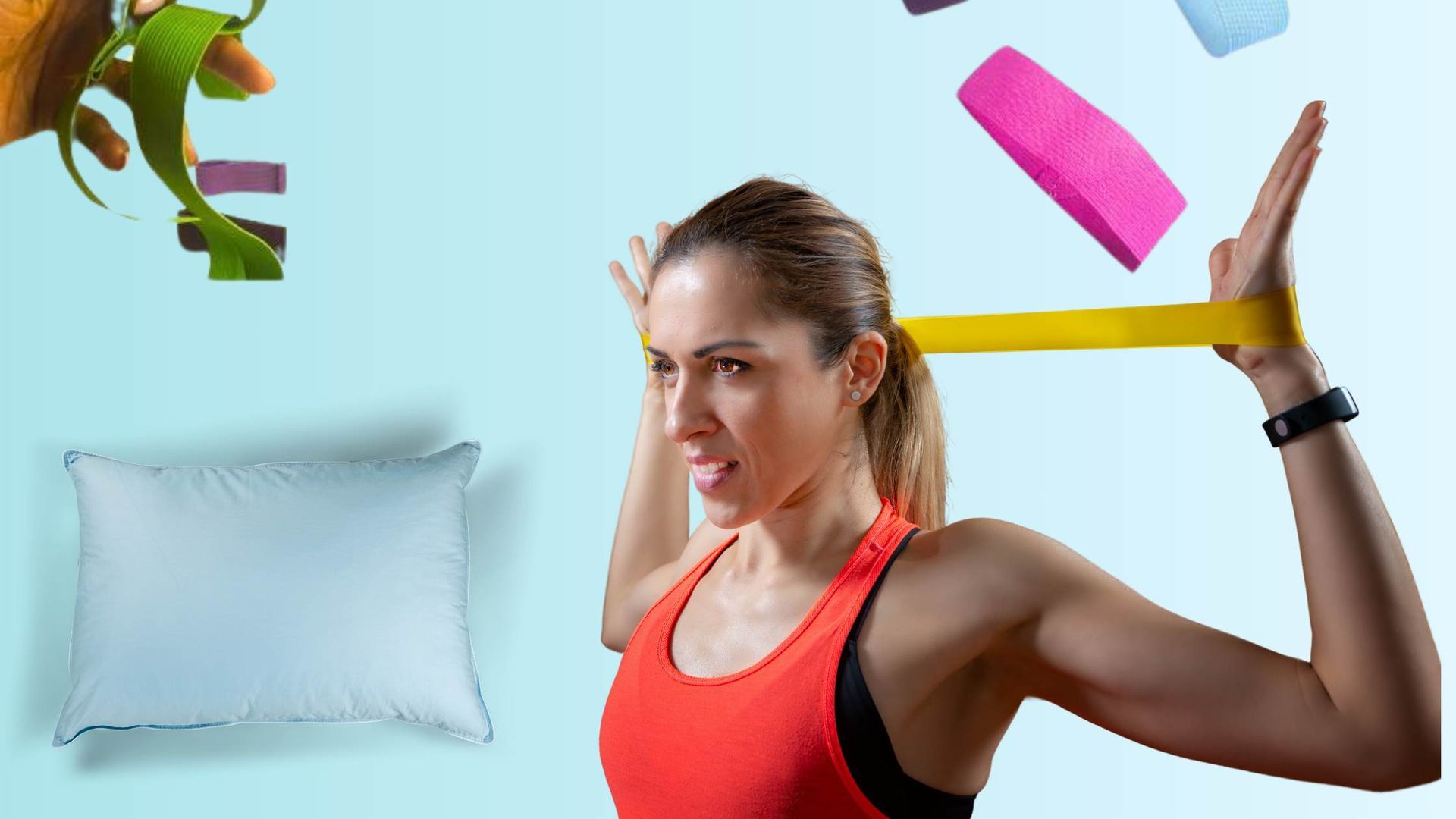The Ultimate Guide to Vestibular Headbands: Enhance Your Balance Understanding Vestibular Headbands
This is a subtitle for your new post

Vestibular headbands have emerged as an innovative tool designed to improve balance and spatial orientation. This technology targets the vestibular system, a complex structure within the inner ear responsible for maintaining balance and coordinating movements. By providing sensory feedback, these headbands aim to enhance the body's natural ability to remain stable, making them especially suitable for individuals with vestibular disorders or those seeking to improve their physical coordination. Understanding how these headbands function is crucial for anyone considering their use, whether for therapeutic purposes or athletic enhancement.
How Vestibular Headbands Work
At the heart of vestibular headbands is advanced sensor technology that detects head movements and translates them into gentle vibrations or auditory cues. These signals act as external stimuli, prompting the brain to adjust the body's posture and balance accordingly. The headband's sensors continuously monitor the wearer's movements, providing real-time feedback that can help train the brain to process vestibular information more efficiently. This continuous loop of feedback and adjustment is key to the headband's effectiveness in enhancing balance over time.
Benefits of Using Vestibular Headbands
The benefits of vestibular headbands extend beyond just improved balance. For athletes, they offer a way to fine-tune coordination and enhance performance by ensuring optimal body alignment during physical activities. For individuals with vestibular disorders, these headbands can serve as a vital part of rehabilitation, helping to alleviate symptoms such as dizziness and unsteadiness. Additionally, they can aid in preventing falls among the elderly by improving stability, thus enhancing overall quality of life. The multi-faceted benefits make vestibular headbands a versatile tool for a wide range of users.
Choosing the Right Vestibular Headband
Selecting the appropriate vestibular headband involves considering several factors, including comfort, functionality, and user-specific needs. It's important to choose a headband made from breathable, lightweight materials to ensure long-term comfort during use. Additionally, the headband should offer customizable settings, allowing users to adjust the sensitivity of feedback to match their personal preferences and requirements. Consulting with a healthcare provider or a specialist in vestibular therapy can also provide valuable guidance in selecting the most suitable model.
Integrating Vestibular Headbands into Daily Life
Incorporating vestibular headbands into daily routines requires a strategic approach to maximize their effectiveness. Users should start with short sessions to allow their bodies to acclimate to the new sensory input, gradually increasing the duration and frequency as they become more comfortable. Consistency is key, as regular use can lead to significant improvements in balance and coordination over time. Additionally, combining the use of headbands with exercises designed to enhance vestibular function can further bolster results.
Real-Life Experiences and Testimonials
Hearing from individuals who have experienced the benefits of vestibular headbands can provide valuable insights for prospective users. Many athletes have reported noticeable improvements in their performance, citing enhanced balance as a critical factor in their success. Individuals undergoing vestibular rehabilitation often share stories of reduced symptoms and increased confidence in their daily activities. These testimonials highlight the potential of vestibular headbands to make a meaningful impact on users' lives, offering encouragement to those considering their use.
The Science Behind Vestibular Enhancement
The effectiveness of vestibular headbands is grounded in scientific principles related to neuroplasticity and sensory integration. The brain's ability to adapt and reorganize itself in response to new stimuli is at the core of how these devices work. By continually challenging the vestibular system, headbands promote the development of new neural pathways, enabling the brain to process balance-related information more efficiently. This scientific basis underscores the potential of vestibular headbands as a tool for improving coordination and stability.
Potential Challenges and Considerations
While vestibular headbands offer numerous benefits, it is important to be aware of potential challenges and limitations. Some users may experience initial discomfort as their bodies adjust to the new sensory feedback. Additionally, individuals with certain medical conditions should consult with a healthcare professional before using these devices to ensure they are safe and appropriate. Understanding these considerations can help users make informed decisions and set realistic expectations for their experience with vestibular headbands.
The Future of Vestibular Technology
The field of vestibular technology is rapidly evolving, with ongoing research and development paving the way for even more advanced solutions. Future iterations of vestibular headbands may incorporate artificial intelligence to provide personalized feedback and adaptive training programs. As technology continues to advance, the potential applications of vestibular enhancement are likely to expand, offering new opportunities for individuals seeking to improve their balance and coordination.
Conclusion: Embracing Vestibular Headbands
Vestibular headbands represent a promising tool for anyone looking to enhance their balance and coordination. By understanding how these devices work, selecting the right model, and integrating them into daily life, users can unlock a range of benefits that extend beyond improved stability. Whether for athletic performance, rehabilitation, or fall prevention, vestibular headbands offer a unique and effective approach to enhancing one of the body's most fundamental functions. Embracing this technology can lead to a more balanced and confident way of life.



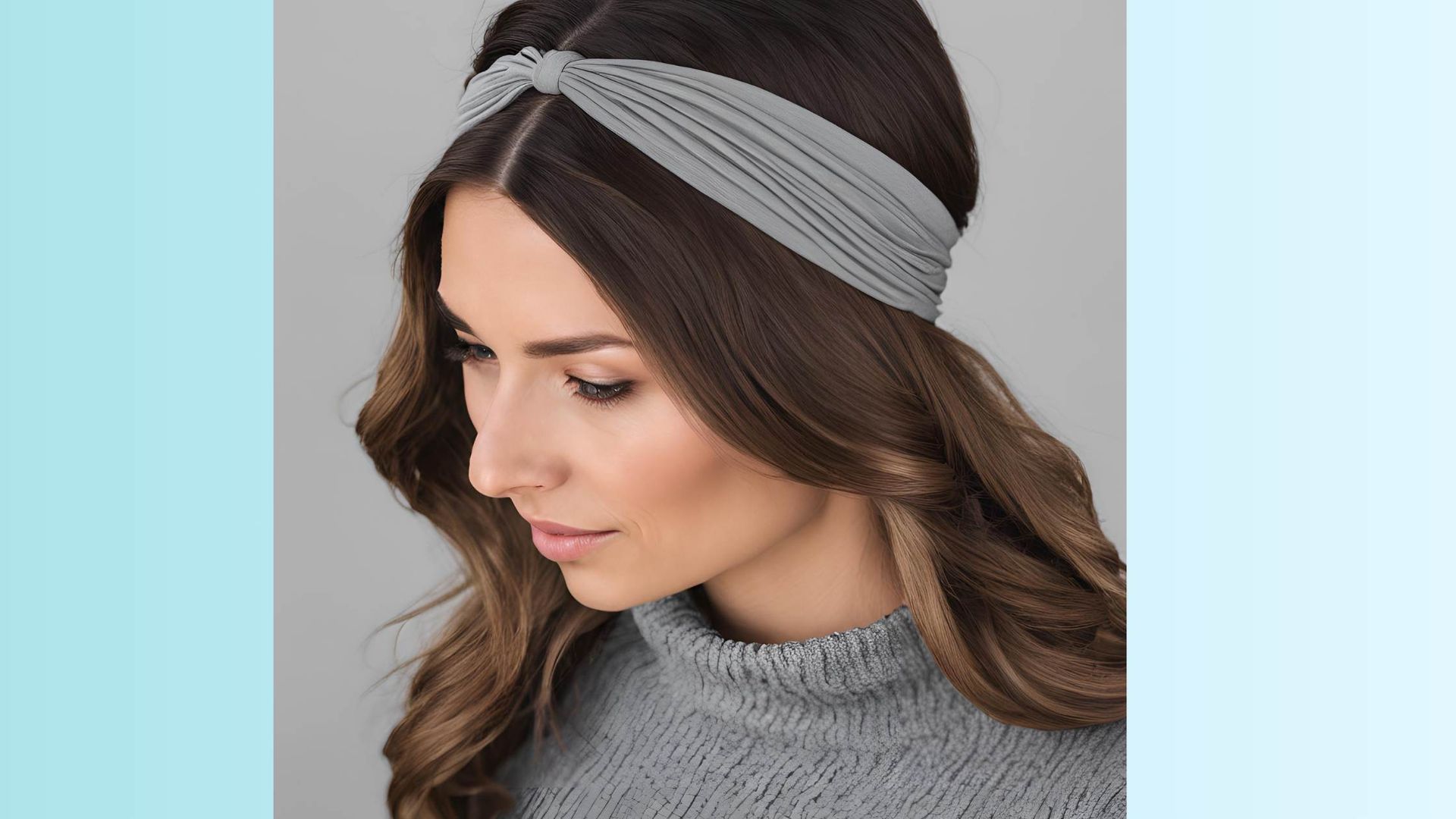
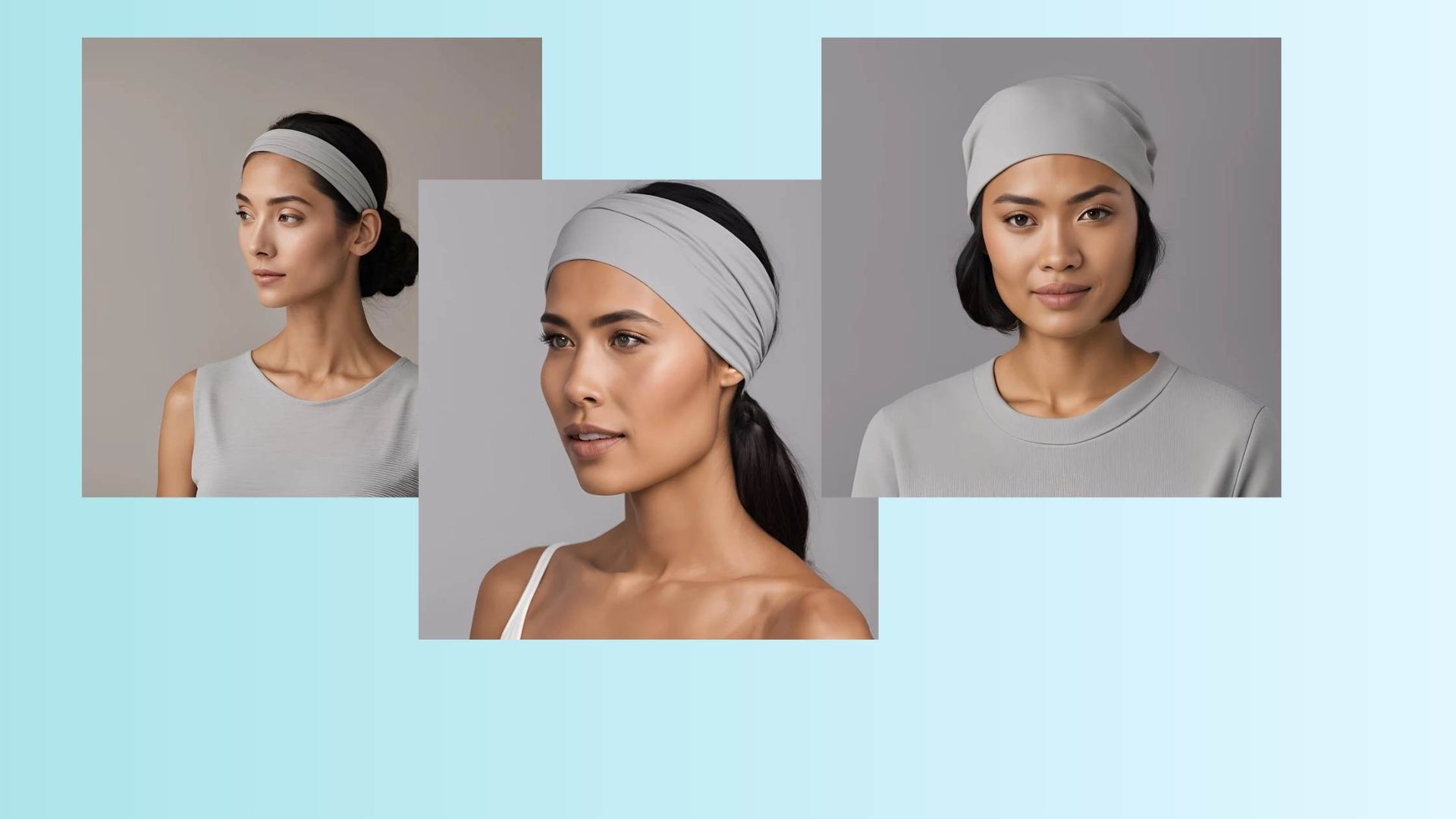

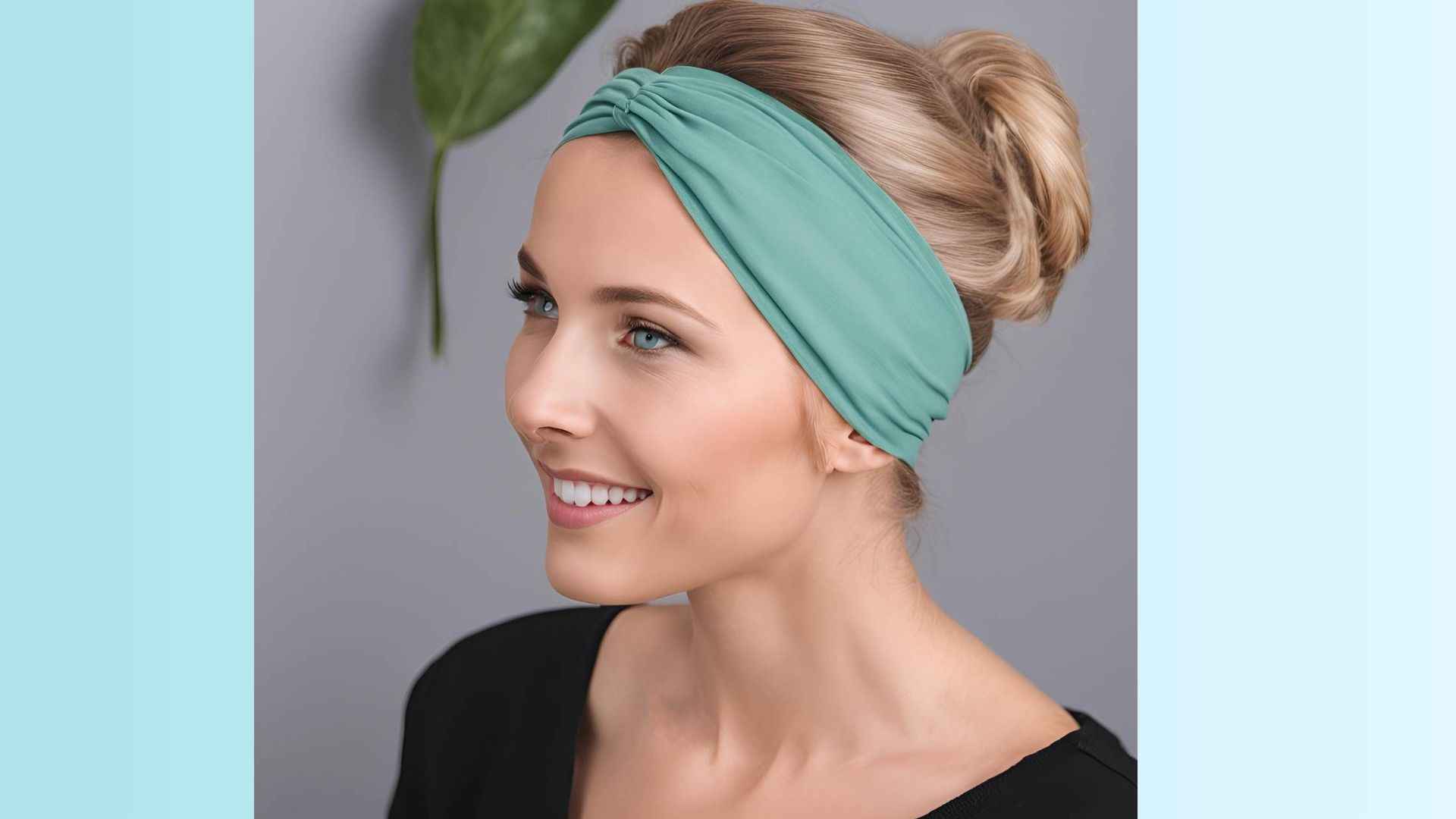
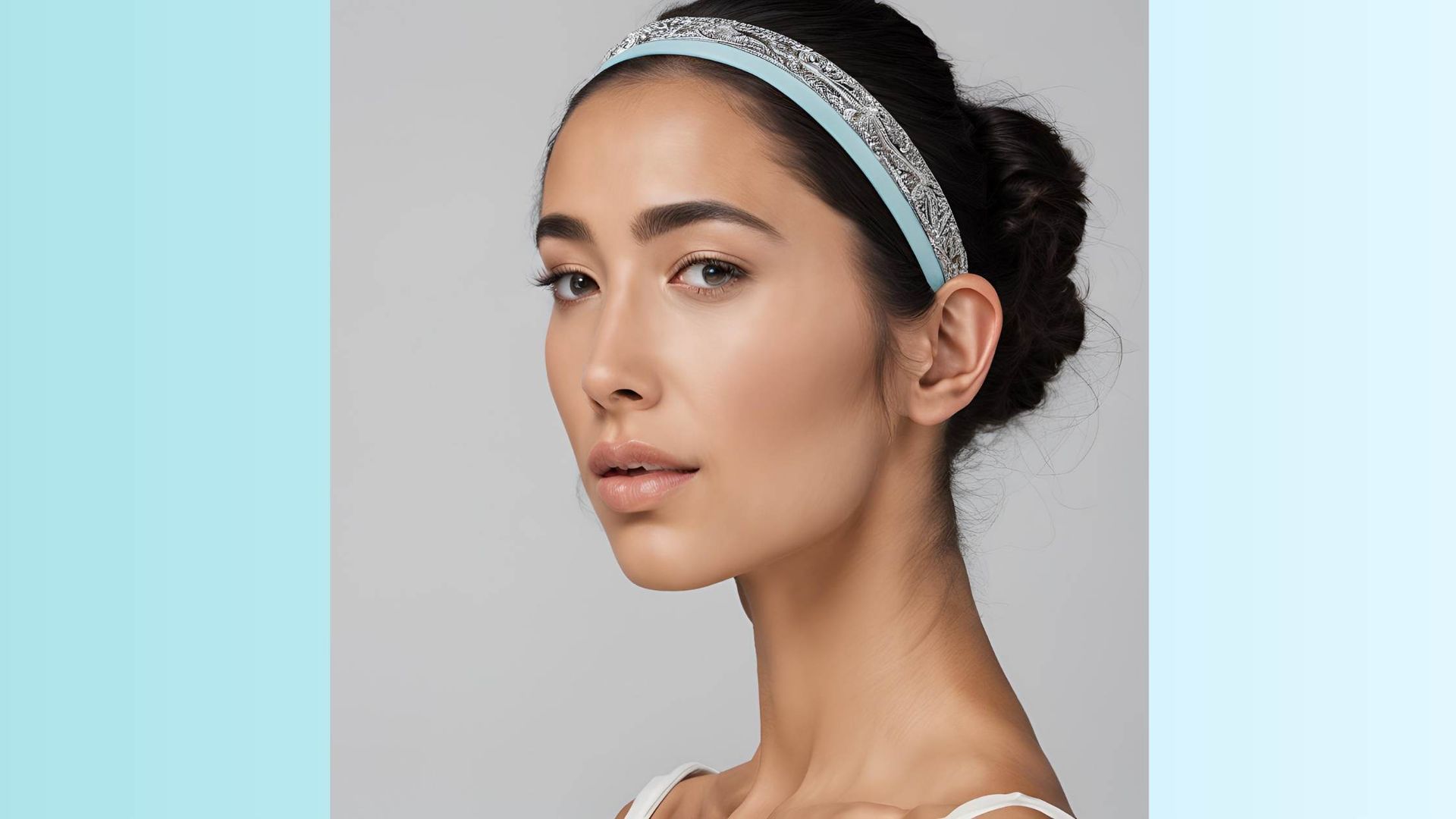
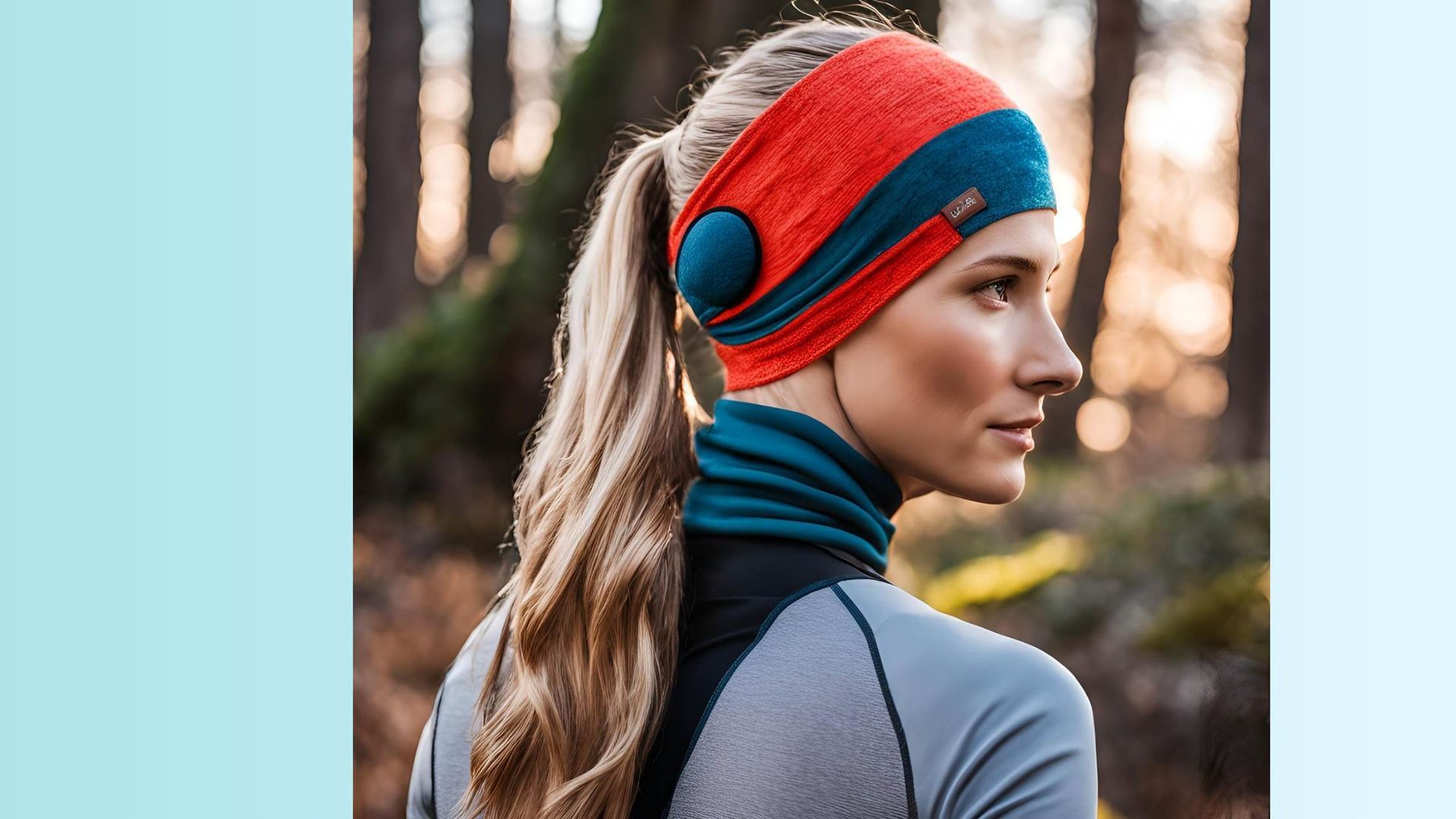
Business Hours
- Mon - Fri
- -
- Saturday
- -
- Sunday
- Closed
All Rights Reserved | Ninkus 2015 -2024

